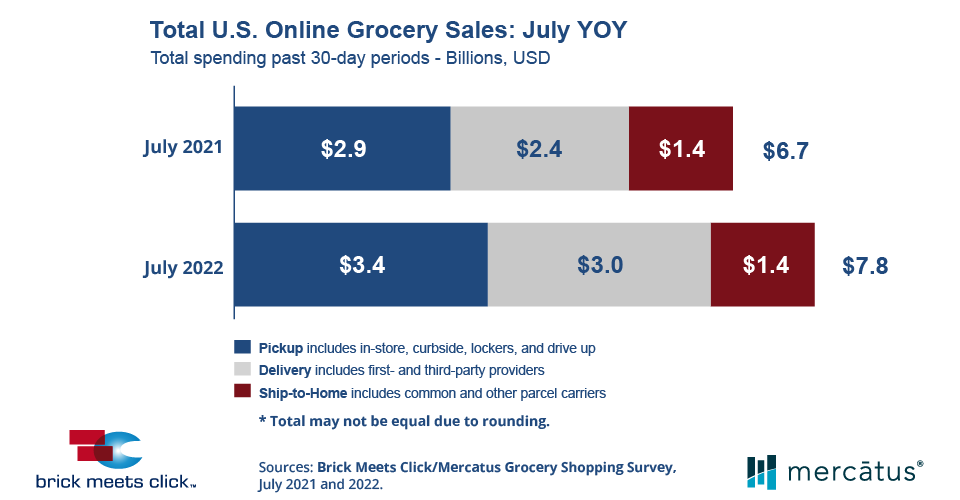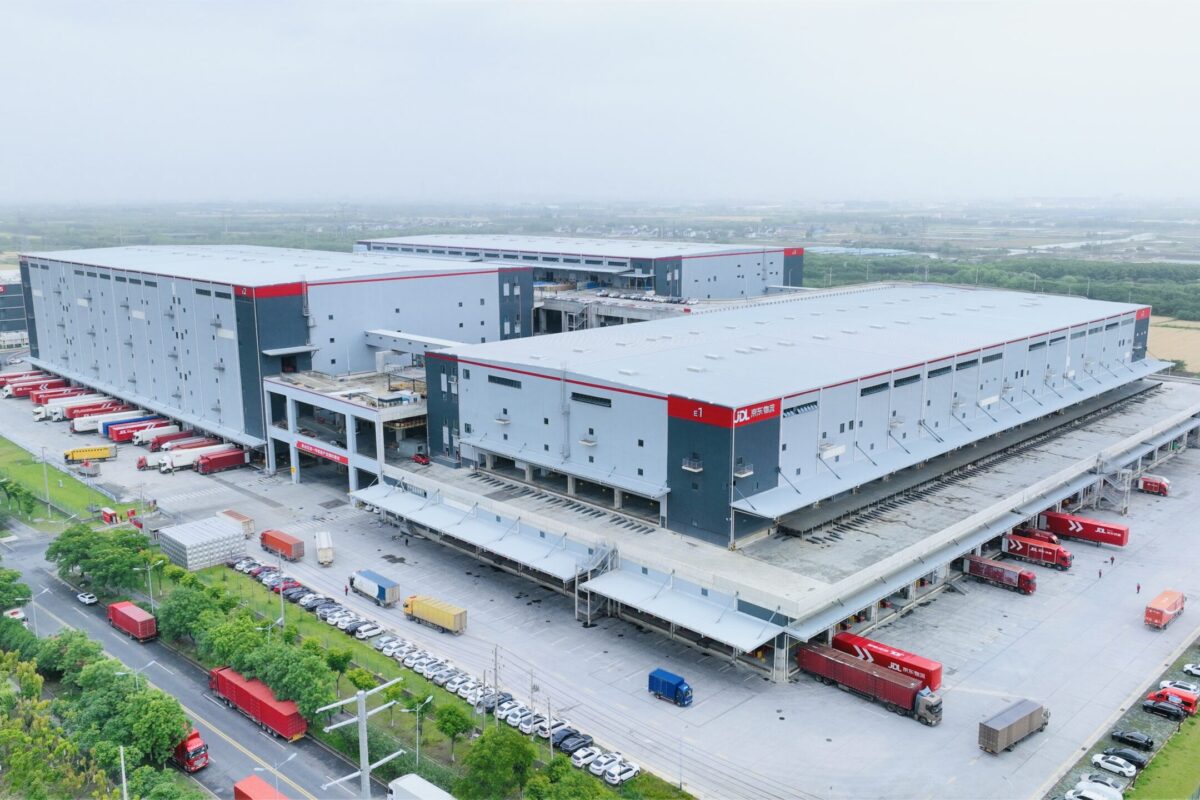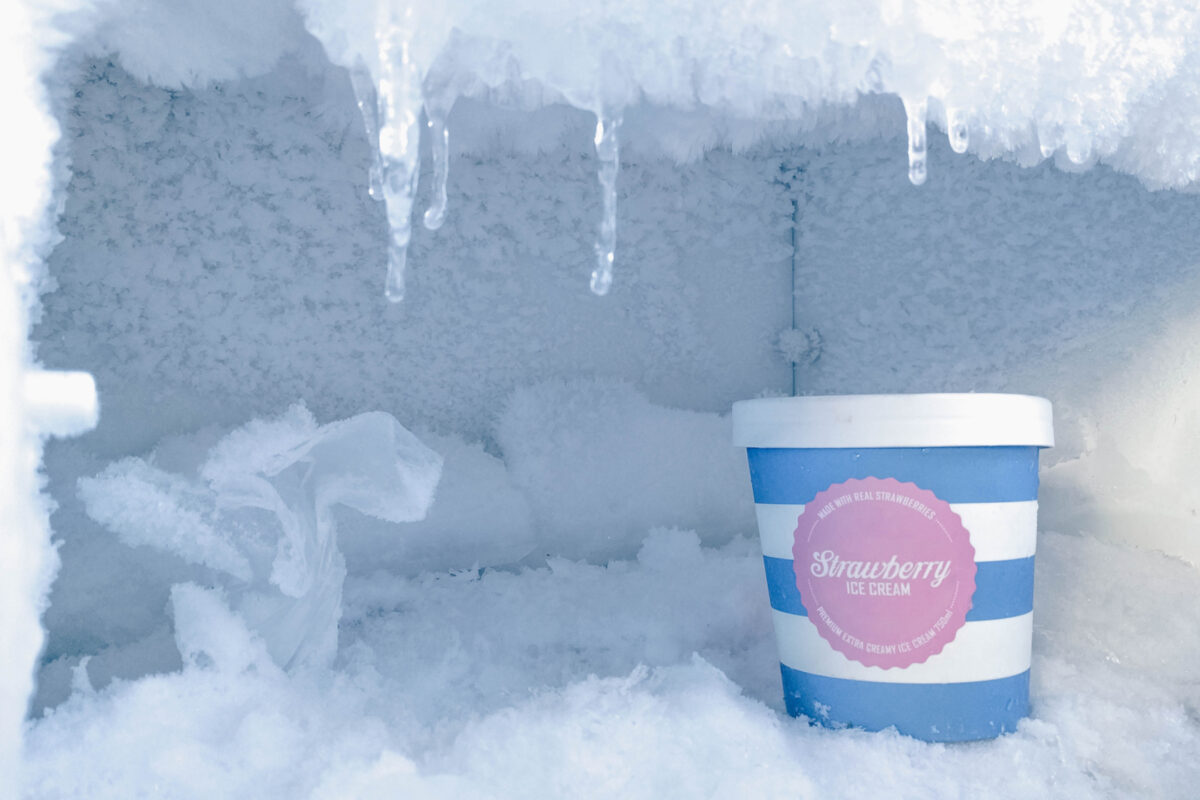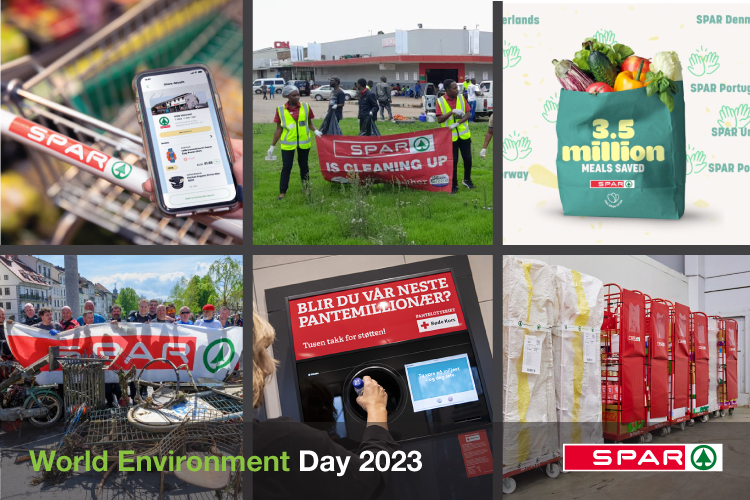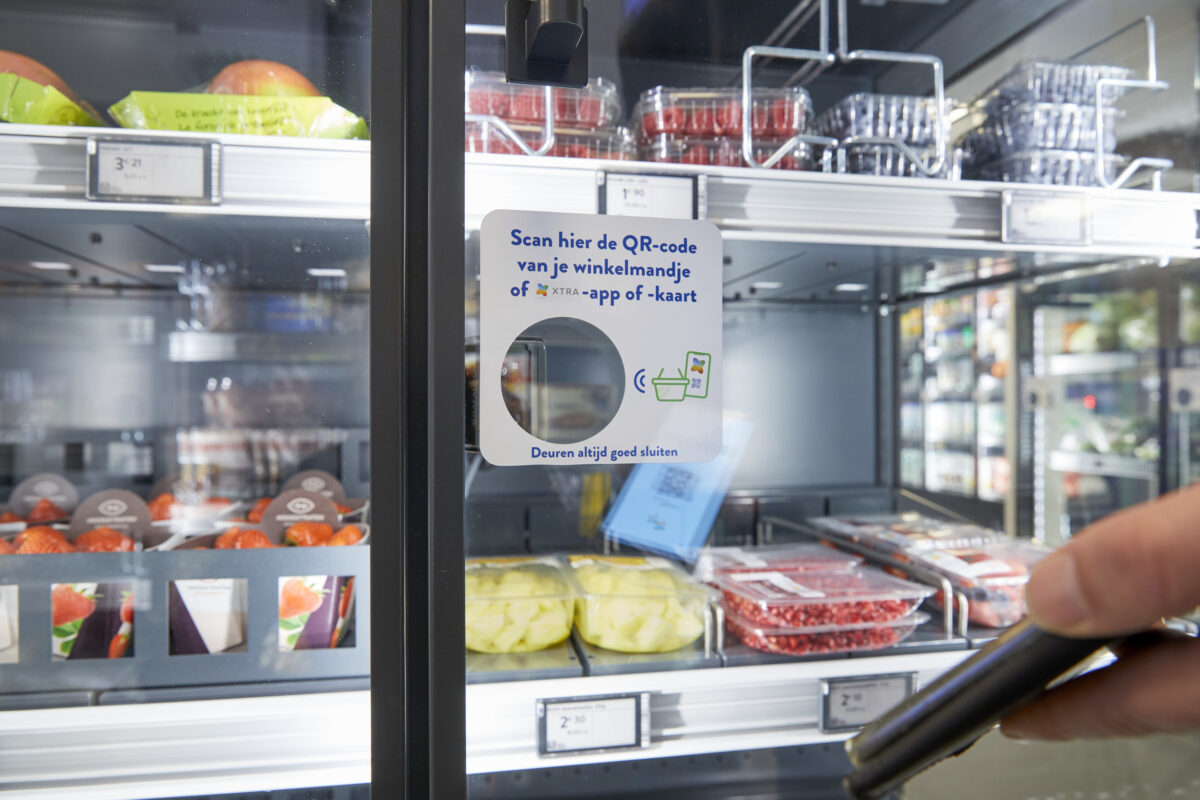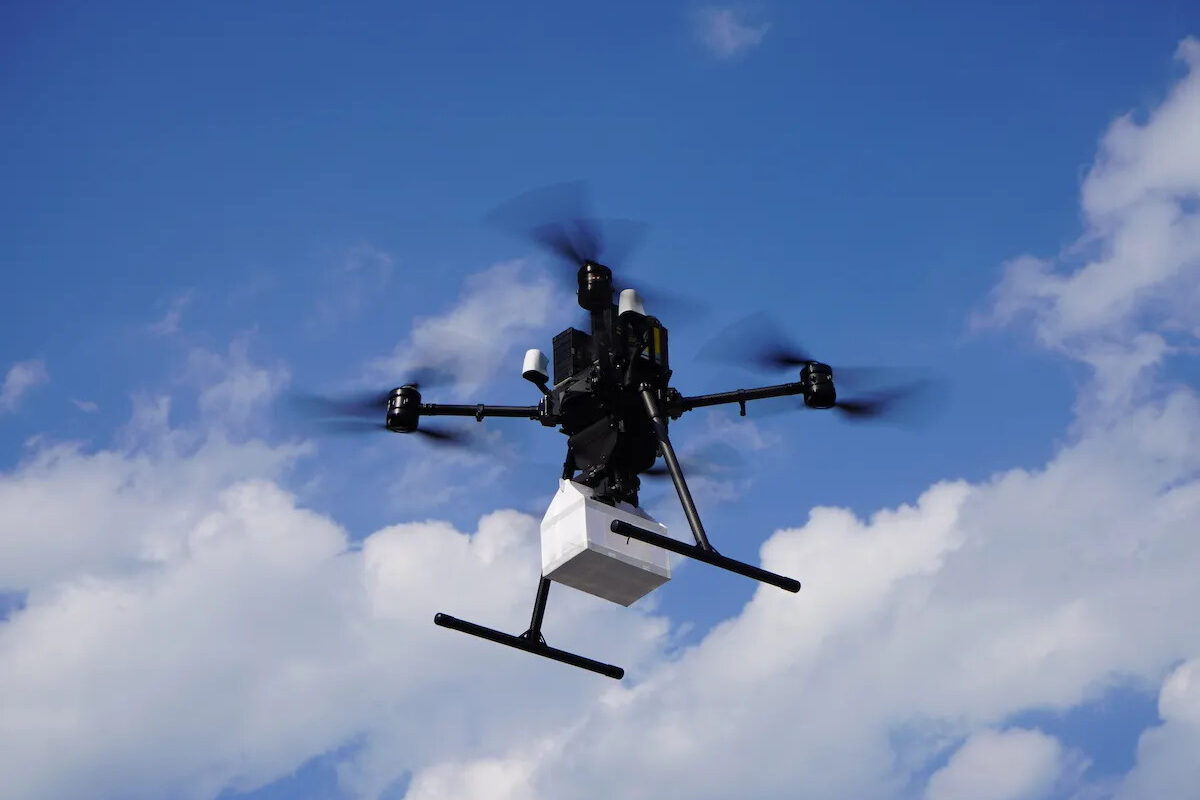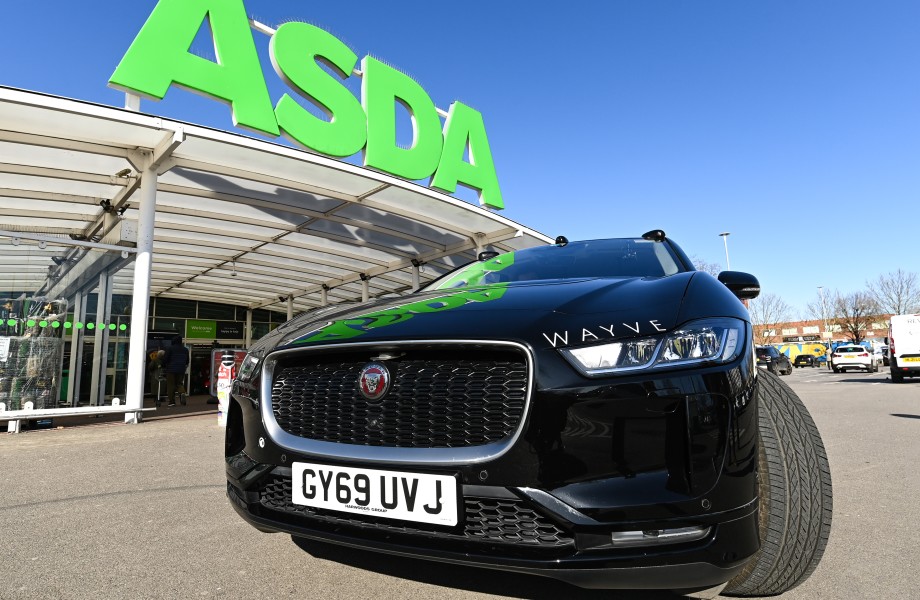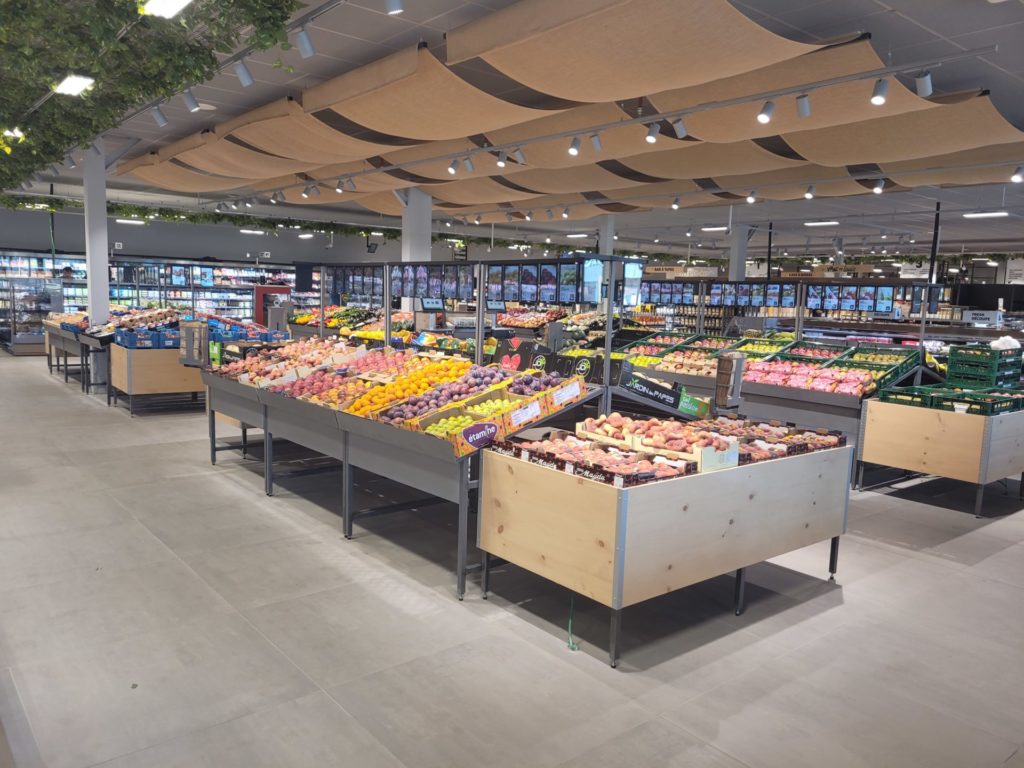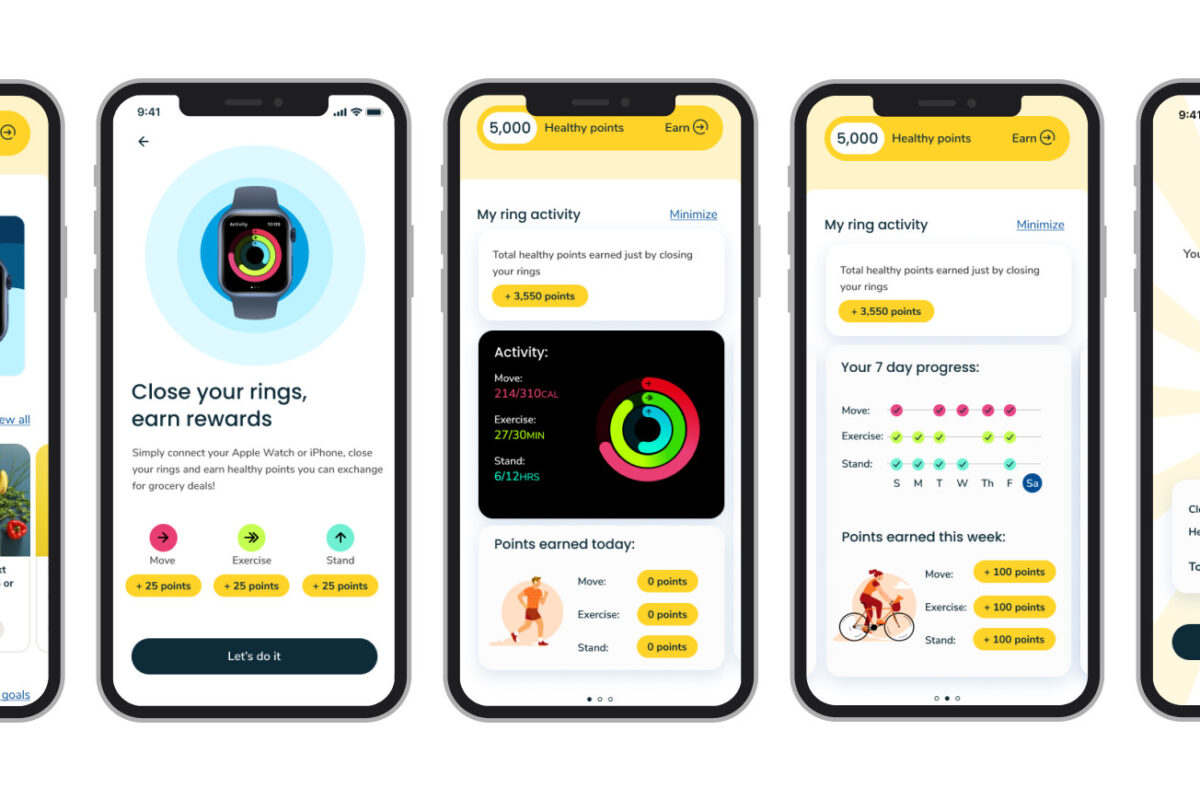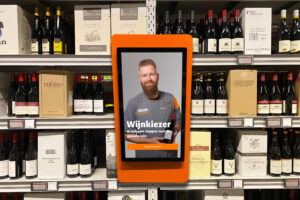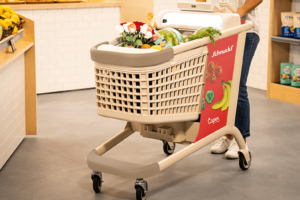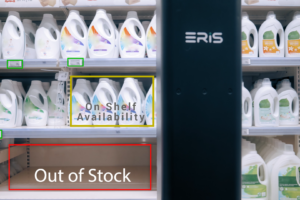Gains reflect the impact of inflation and the crosswinds created by COVID–19
Total U.S. online grocery sales for July jumped 17% year over year to $7.8 billion, driven by inflationary pressures and strong demand for Delivery and Pickup services triggered by ongoing COVID concerns, according to the Brick Meets Click/Mercatus Grocery Shopping Survey fielded July 29–30, 2022. During July, more than 68 million households went online to buy groceries, a 3% gain versus last year, but only the Pickup and Delivery segments benefited from that increased demand. Pickup’s monthly active user (MAU) base expanded more than 5% and Delivery’s expanded nearly 4% during the month, while Ship–to–Home’s MAU base contracted more than 4%.
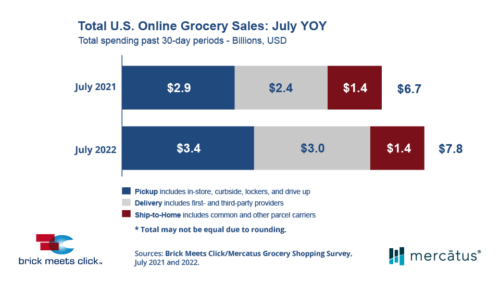
© Brick Meets Click
“COVID–19 concerns coupled with inflation have forced a tradeoff between two fundamental desires for shoppers – not getting infected and not paying more than necessary,” said David Bishop, partner at Brick Meets Click. “While online shopping – especially delivery – costs more than in–store shopping, using an online service may help prevent illness which could cost more in the long term due to lost wages and other life complications.”
The crosswinds caused by inflation and COVID also likely help to explain shifts in where households are shopping online for groceries. Compared to July of last year, Mass, which appeals to more cost–conscious shoppers, experienced an increase of just over 1% in the number of MAUs while Grocery’s MAU base contracted over 10%.
Inflation’s impact was visible in spending as the average order value (AOV) aggregated across all three receiving methods grew 11% on a year–over–year basis. Delivery reported the largest AOV increase, growing 13% versus the prior year, followed by Ship–to–Home, which rose 9%, and Pickup reported a more modest gain of 5%. From a channel perspective, AOVs for Pickup and Delivery orders climbed 9% in Grocery and 10% in Mass versus July 2021.
Monthly order frequency edged up 3% as MAUs received 2.8 online grocery orders in July 2022, the highest average order frequency since December 2021. The gain, however, was not evenly distributed across the receiving segments or key channels like Grocery and Mass.
Pickup gained more than 2 points of order share in July versus last year, rising to 39% of all orders as order frequency among its MAUs increased by 10%. Delivery gained around 1.5 points
of order share, finishing with 31% of all orders as order frequency for its MAU base rose 8%. Ship–to–Home’s order share dropped 4 percentage points to under 30% as MAUs received 9% fewer orders during the month. Looking at key channels showed that Mass customers increased the number of monthly orders by 5% while Grocery customers decreased their order frequency by 2%.
The likelihood that an online grocery shopper will use the same service again within the next month remained very stable, strengthening by nearly one point versus last month and finishing at 64% for July. That month–over–month gain was attributed to stronger repeat intent scores from Mass (68%) as the gap versus Grocery (at 58%) widened, landing at 10+ percentage points for the month.
“Online customers are highly motivated by convenience, and Pickup offers customers a higher degree of convenience and control at a lower cost than Delivery,” said Sylvain Perrier, president and CEO at Mercatus. “My advice to regional grocers is to use your store locations to your competitive advantage and promote Pickup services to your Delivery customers.”
The widening gap in repeat intent is especially concerning because cross–shopping between Grocery and Mass increased to 30% in July, 4 points higher than last year. This means that 3 in 10 customers who placed at least one online order with Grocery during the past 30 days also placed an order with a Mass retailer. These results should motivate Grocery retailers to reassess elements of their value proposition as well as how well they are executing their respective strategies.
Source: Brick Meets Click




